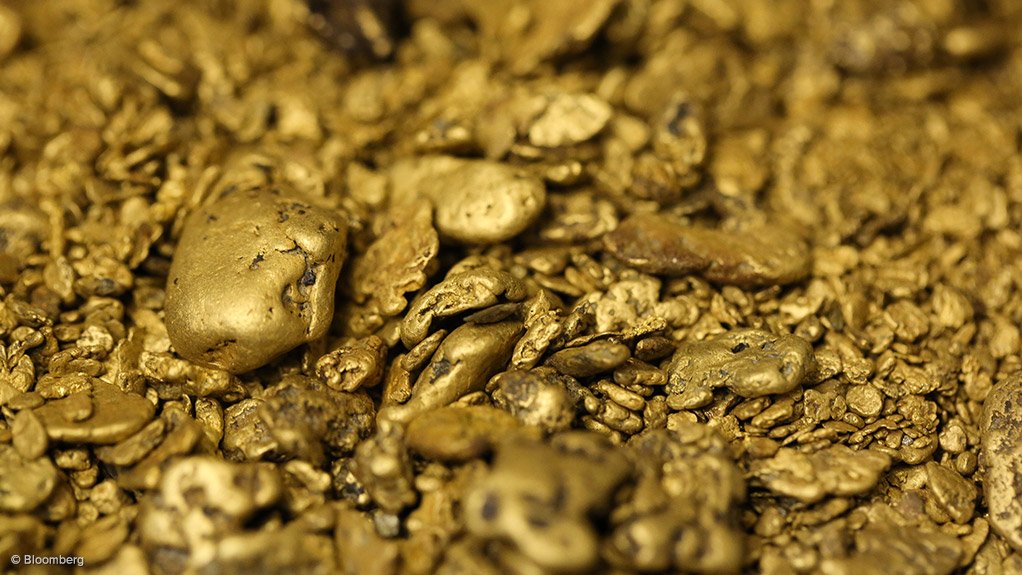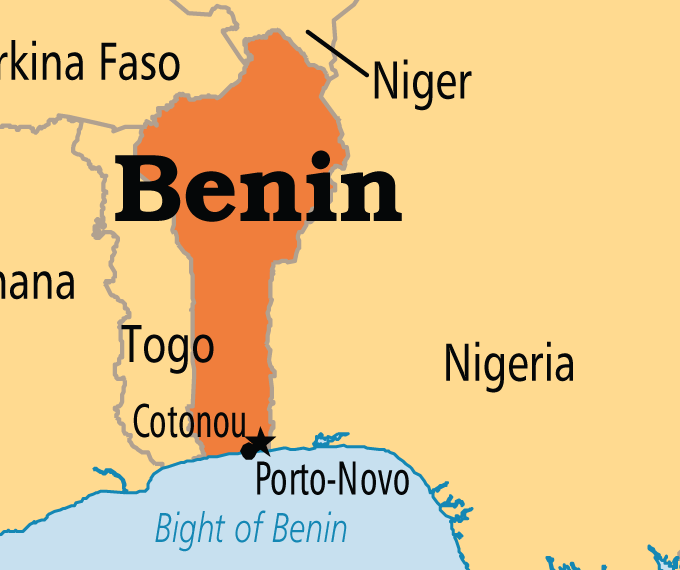
Kenya is poised for a major mineral boom after British firm Shanta Gold Kenya Limited announced a new underground gold discovery in western Kenya’s Kakamega County, valued at an estimated US$5.28 billion (Sh 683 billion).
The find, located in the Lirhanda Corridor across Kakamega and Vihiga counties, comprises around 1.27 million ounces of high-grade gold, according to an Environmental Impact Assessment (EIA) submitted to Kenya’s National Environment Management Authority (NEMA).
Shanta Gold plans to invest US$208 million in developing the Isulu–Bushiangala underground mine, which will include a processing plant, tailings storage facilities, administrative buildings, and a 12-megawatt power station. The company will use modern underground mining techniques designed to minimise surface disruption.
READ MORE: Ghana Sets Up GH₵20m Creative Arts Fund as Nigeria’s Sector Still Lacks Support
The economic implications for Kenya could be profound. The discovery is expected to generate significant tax revenue, royalties, and new jobs. Under Kenyan law, 3% of gross gold sales will go to the national government, with 20% earmarked for Kakamega County and 10% distributed to local communities. Shanta Gold has also committed to donating 1% of the value of its gold output directly to host communities, in accordance with community development regulations.
But the project is not without risks. The proposed mine could displace around 800 households, most of which reside on privately owned land, according to the EIA. Environmental concerns are also being raised due to the mine’s proximity to the Kakamega Forest, one of East Africa’s last tropical rainforests, as well as nearby rivers that could be affected by mining activities.
If given the green light by regulators, the Isulu–Bushiangala project has the potential to be Kenya’s first large-scale underground gold mine and could significantly reshape the East African mining landscape.
About The Author
Related Articles
Tinubu Has “Sold Out” Nigeria to the West While the Military and Citizens Remain Silent
Tinubu’s handling of the coups in West Africa has exposed something many...
ByWest Africa WeeklyDecember 7, 2025Tinubu’s Rush to Deploy Fighter Jets for the Benin Coup Shows a President More Responsive to France’s Priorities Than His Own Citizens’ Cries
Benin’s government says it has foiled an attempted coup after a group...
ByWest Africa WeeklyDecember 7, 2025U.S.-Brokered Congo–Rwanda Deal Sparks Accusations of Resource Grab and Neo-Colonial Control
The recent diplomatic agreement brokered by the United States between the Democratic...
ByWest Africa WeeklyDecember 5, 2025Tinubu Expands Ambassadorial List to 65 Nominees Amid Growing Debate
President Bola Tinubu has sent a new, expanded ambassadorial list to the...
ByWest Africa WeeklyDecember 5, 2025













Leave a comment